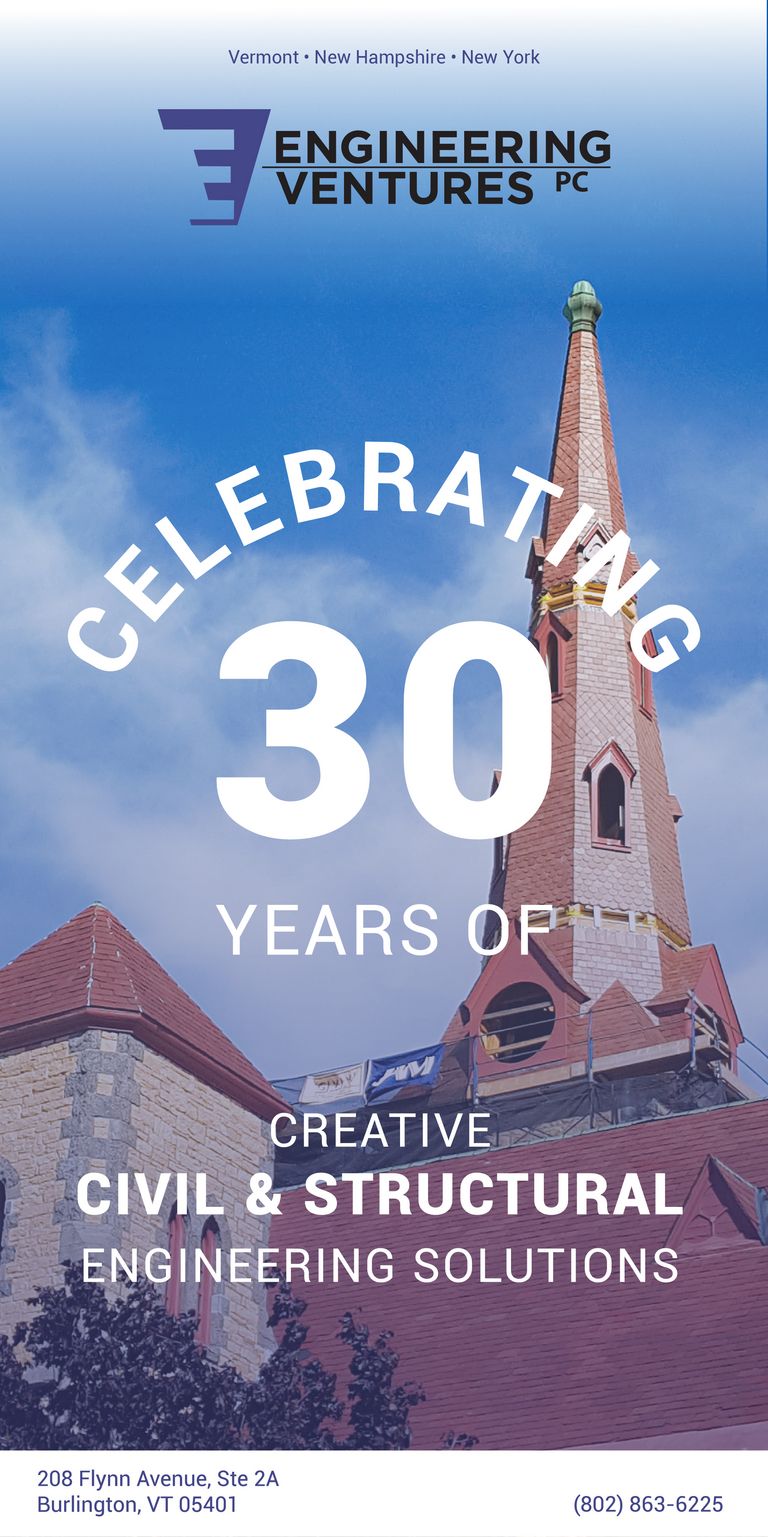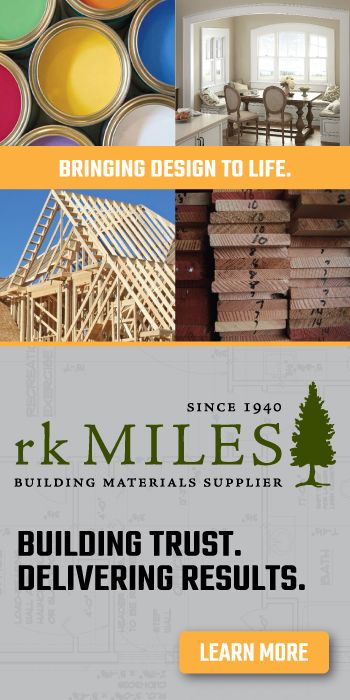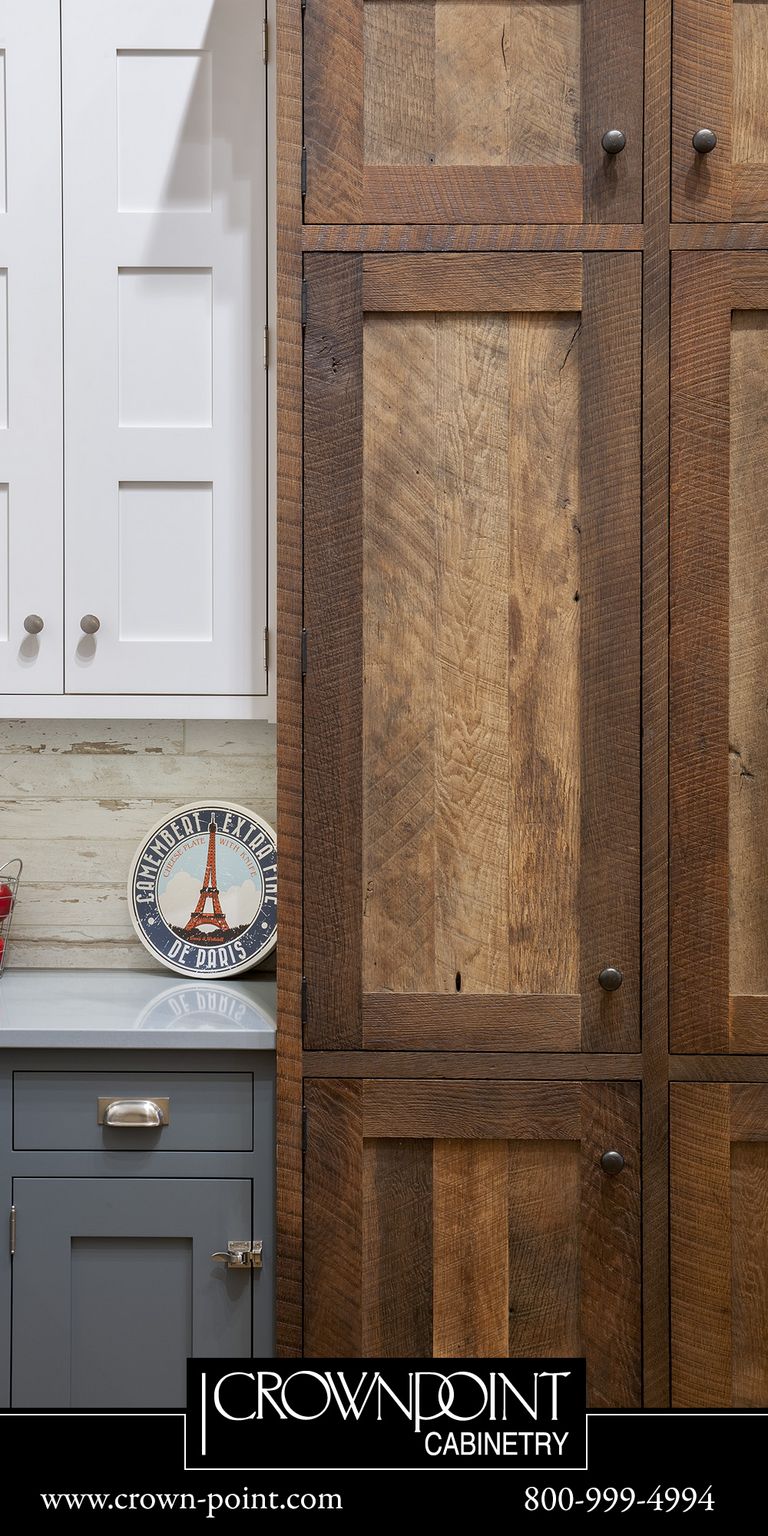Architects Discuss Building Resiliency in the Aftermath of Great Vermont Flood
By Heather Bourgeois, Sherwin-Williams Architectural Account Executive and COTE Committee Member
This July brought catastrophic flooding to Vermont. According to Weather.gov, “the 5.28” rainfall at the airport in Montpelier was the greatest calendar day rainfall at the site since records began in 1948, beating the previous record of 5.27” set with Tropical Storm Irene on 28 August 2011.”
These unprecedented weather events spring forth a call to action, and conversations of responsibility within our community. The AIAVT COTE Committee discussed questions such as “Do we feel existing plans are sufficient? Do we have fresh ideas for rebuilding? How should we approach this situation differently?” Over the following days, we spoke with members of our chapter, and the architecture community, and posed these very questions.
To create more flood resilient buildings, we look to ideas from our peers. Wiemann Lamphere’s Kelley DesRoches and Kristen Hunt spoke of the need for future-proofing our buildings in flood zones, building smarter, more high-performance buildings, and encouraging conversations with civil engineers. So how do we do that?
The Waterbury Fire Station and its flood gates, and the State Office Complex in Waterbury are two examples of resilient buildings that fared better in 2023 than they did during Tropical Storm Irene in 2011 due to the work of Freeman French Freeman and Engineering Ventures. According to VT Digger, “Buildings were removed to allow flood water to disperse, tunnels were filled in, earth removed and a new front entrance was elevated.” Photo by David Goodman/VTDigger.
What other practical steps can we take to prevent damage from flooding? According to website archdaily.com, you can check flood maps run online, by FEMA. Arch Daily also cites examples like building a structure above the flood level, if possible, and building with flood resistant material. Flood resistant materials are “durable and resistant to excessive humidity. Examples include concrete, glazed brick, closed-cell and foam insulation, pressure-treated and marine-grade plywood, ceramic tile, water-resistant glue, polyester epoxy paint, and more. Flood proofing using coatings and sealants can help prevent the entry of flood waters.
Temporary flood barriers may be a viable option for downtown streets or individual buildings.
Creating “Sponge Cities” by reducing impermeable paving and using permeable paving, expanding wetlands, and creating vegetated lowland open spaces to hold floodwaters are additional methods.
Here are a few additional resources to learn more about designing for resilience:
- FEMA Homeowner’s Guide to Retrofitting:
https://www.fema.gov/sites/default/files/2020-07/fema_homeowners-guide-to-retrofitting_guide.pdf - FEMA Reducing Floor Rish to Residential Buildings That Cannot Be Elevated:
https://www.fema.gov/sites/default/files/2020-07/fema_P1037_reducing_flood_risk_residential_buildings_cannot_be_elevated_2015.pdf - Journal of Light Construction: Flood-Resilient Buildings, May 26, 2022
https://www.jlconline.com/projects/disaster-resistant-building/flood-resilient-buildings_o - LiSC Boston: Resilient Design Brief, Oct 2022
https://www.lisc.org/media/filer_public/8d/74/8d748e89-8bb2-4f08-a400-c2e004933b3e/resilient_design_brief.pdf - https://floodcontrolinternational.com/flood-barriers/
- https://www.npr.org/2023/10/03/1202252103/china-floods-sponge-cities-climate-change
- https://www.resilientdesign.org/





